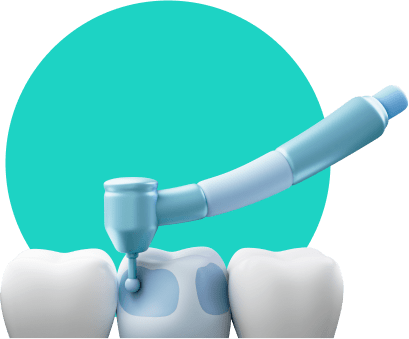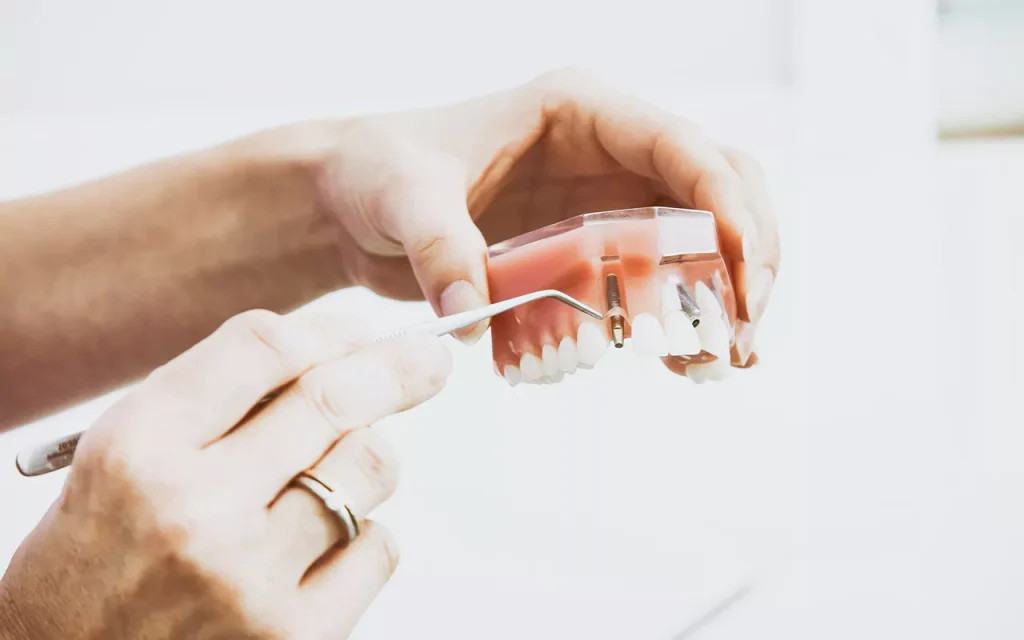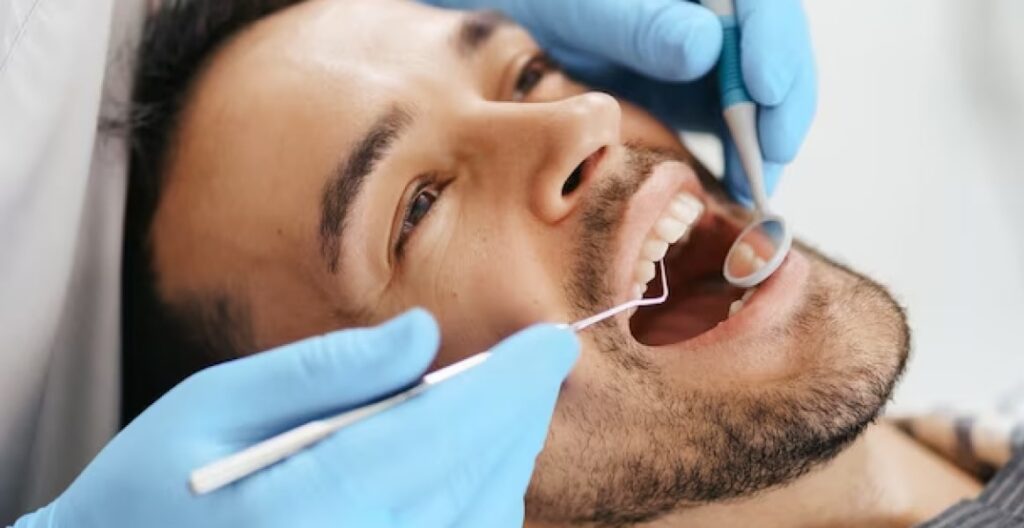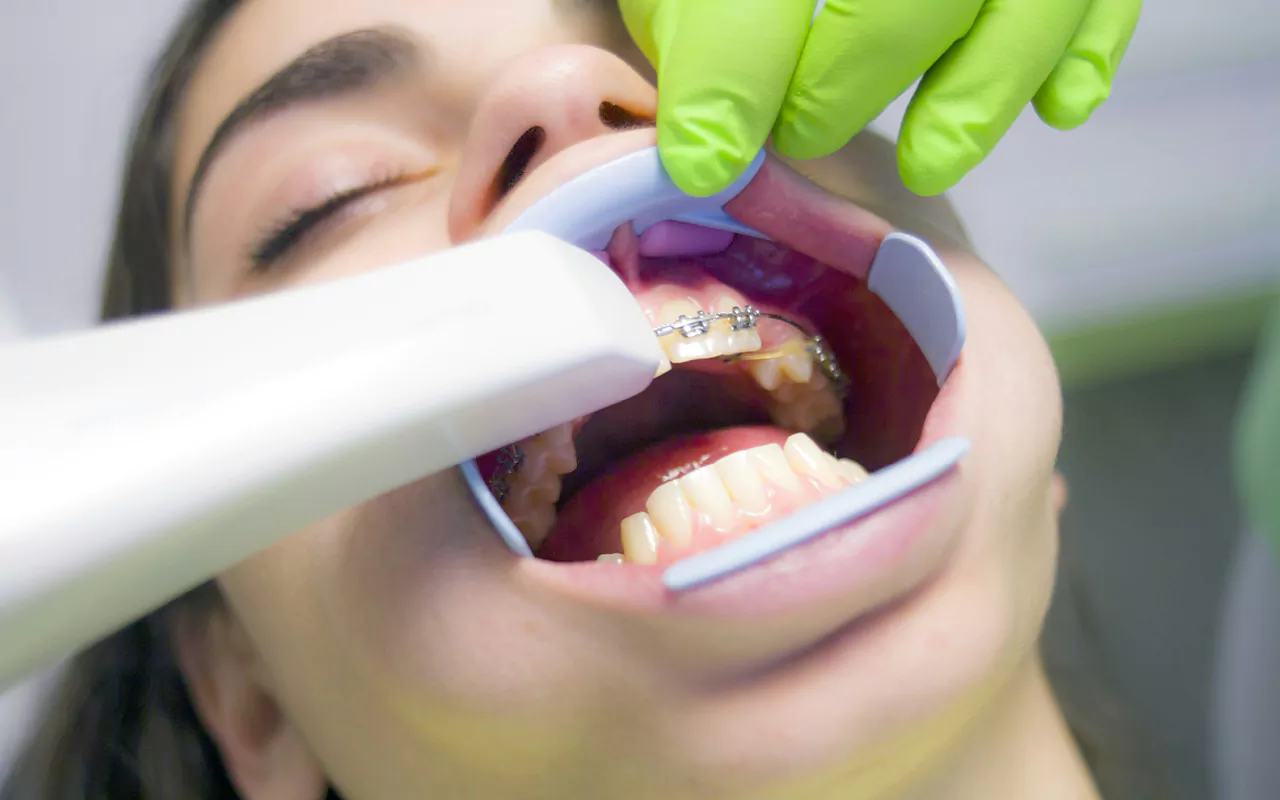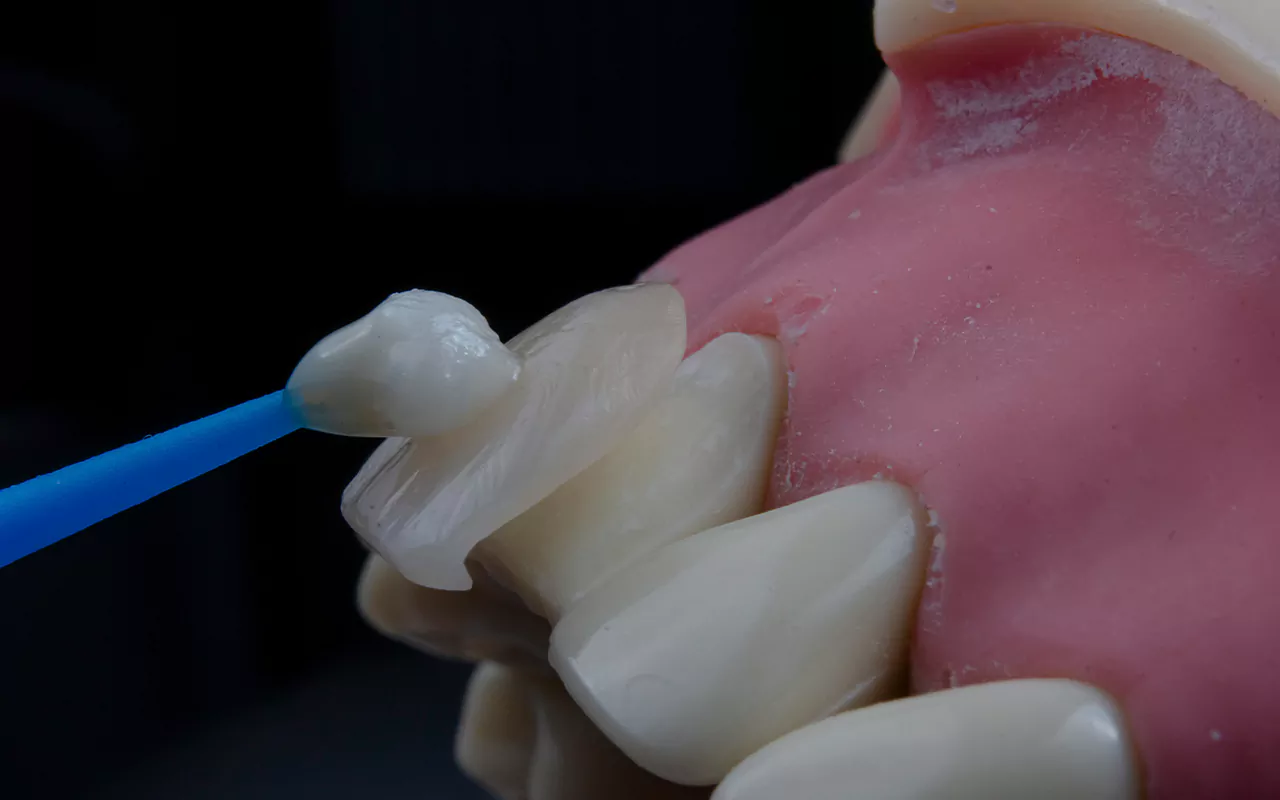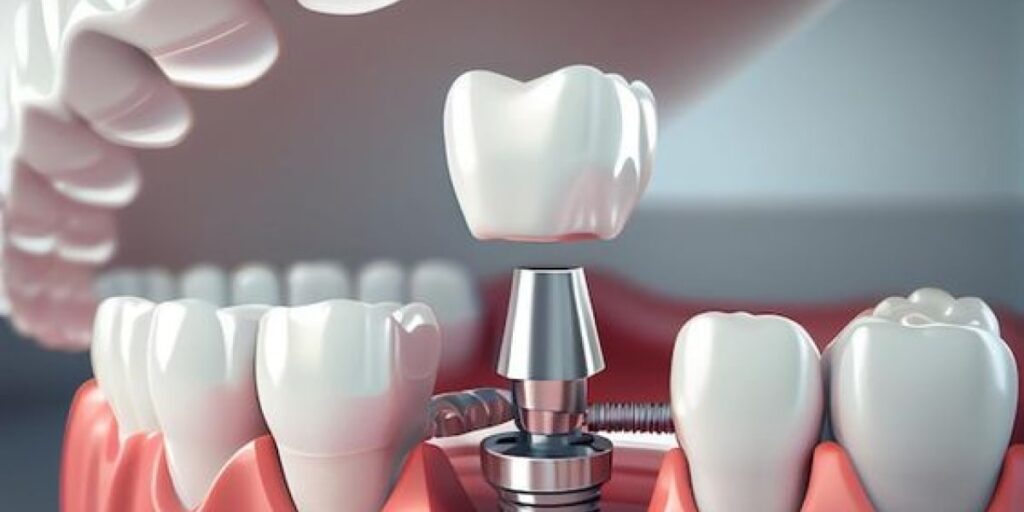
A beautiful smile is one of the most important factors that significantly contributes to building and maintaining a person’s self-confidence and enhances their facial appeal. The various dental treatments that lead to smile correction, or more accurately, esthetic smile design, are provided by a specialized dentist using the most up-to-date equipment and expertise.
For each individual’s smile correction, there are unique and specific considerations that ensure the treatment is customized to address that person’s specific anomaly.
Important Considerations in Esthetic Smile Design
The Impact of Tooth Length on Smile Aesthetics
Naturally, over time, teeth undergo gradual wear. You can visit a dental clinic to increase the length of your teeth. Research indicates that uniform and proportioned teeth help people have a younger appearance. Conversely, individuals with a gummy smile and short teeth tend to look older.
Tooth Proportions and Their Relation to Smile Aesthetics
In smile design, the proportion of the teeth is highly important. In this regard, the central two teeth (incisors) being symmetrical, having no gaps (diastema), and not overlapping are crucial. Additionally, the two central incisors should be longer than the adjacent teeth.
Tooth Color and Its Relation to Smile Aesthetics
Various factors, such as cigarette smoke, compounds in coffee, sugary drinks, certain medications, etc., cause teeth to become yellowed or discolored. Several methods used in esthetic smile correction treatments can restore the teeth to their original color.
When is Esthetic Smile Design Used?
There are various reasons for undergoing esthetic smile design, the most important of which include:
Treatment of Gum Diseases: Addressing underlying periodontal health issues.
Performing Cosmetic Procedures to Achieve a Younger Appearance: This includes restoring fractured teeth, closing gaps between teeth (diastema), replacing missing teeth (edentulism), correcting misaligned teeth, lengthening short teeth, and treating a gummy smile.
Treatment of Decay (Caries): Restoring teeth damaged by decay.
Adjustment of Gum Proportions (Gingival Aesthetics): Correcting the balance between the gums and teeth.
Digital Smile Design (DSD)
Digital Smile Design (DSD) is a method that allows you to visualize the final outcome before treatment even begins. It uses specific parameters such as an individual’s facial shape, facial height, lip corners, and other data to plan and display the proposed changes to the smile.

Methods for Esthetic Smile Design
There are various methods for smile correction, and based on the specific type of anomaly an individual has, a single method or a combination of them may be recommended. These methods include:
Orthodontics:
Correcting misaligned teeth, dental spacing, malocclusions, and other dental anomalies is treated and restored using orthodontics. The treatment duration varies based on the individual’s condition, ranging from 6 to 36 months. Orthodontics is the best method for resolving wide dental gaps, as it uses gradual, gentle pressure to bring the teeth together and close the space between them.
Implants: Tooth loss (edentulism)
not only affects a person’s facial aesthetics but also reduces the patient’s self-confidence, making rapid treatment and space replacement essential. Various solutions exist for replacing missing teeth in smile design, with dental implants being the most important and best method.
Veneers (Laminates):
In cases where the dentist determines that composite veneers are not suitable for the patient’s smile correction, ceramic veneers (laminates), which are custom-made in a dental laboratory, are suggested.
Composite:
In modern tooth filling methods, tooth-colored composite materials are used. Compared to the older type (amalgam), which was metallic-colored, composite closely matches the tooth color, offering a more aesthetic appearance.
Bleaching (Teeth Whitening):
A very common and popular method for correcting tooth discoloration.
Gum Lift (Gingival Contouring):
A gum lift, or gingival contouring, is considered a non-essential cosmetic surgery where the gum line is reshaped and corrected. In this surgery, excess gum tissue is removed, and if gum recession is present, the affected tissue is rebuilt and restored.
Jaw Surgery for Smile Design (Orthognathic Surgery):
When a patient’s jaw is positioned too far forward or backward, it affects the smile’s aesthetic and causes facial disproportion. Jaw surgery is required to reposition the jawbone and achieve facial harmony. In these cases, the patient needs to undergo orthodontic treatment before and after the jaw surgery to prepare for the operation. This combined treatment of surgery and orthodontics is called orthosurgery.
Dental Implants in Smile Correction and Treatment:
Implants, or dental crowns placed over implants, are used to fill the gap left by missing teeth. The dentist selects and places the specific implant tailored to the patient’s anomaly for smile correction.
Composite or Veneers?
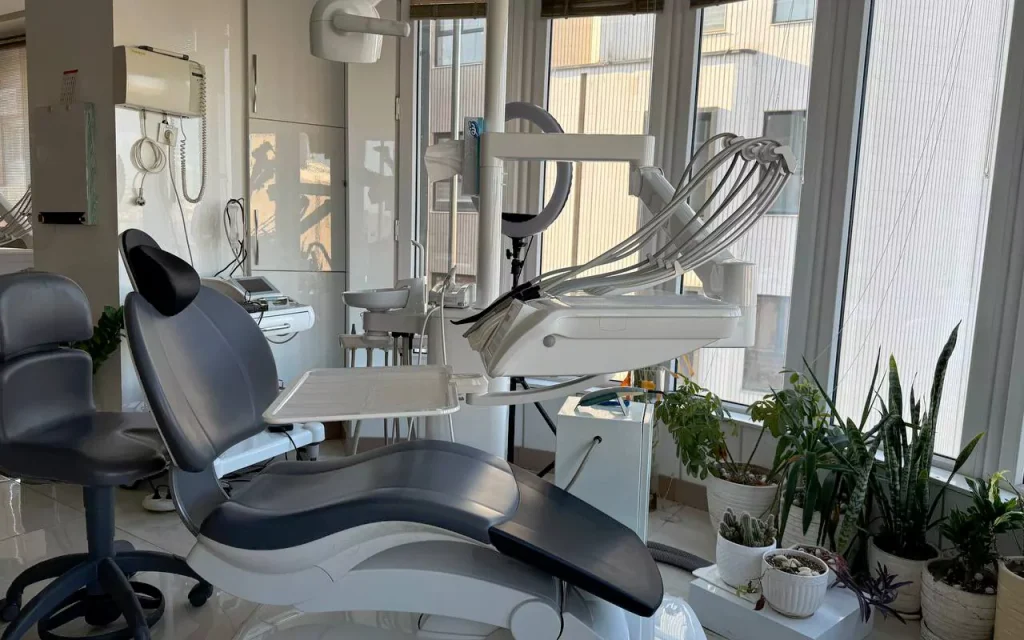
Dental veneers are used to correct aesthetic imperfections of the teeth. This method is recommended for individuals with teeth that have worn enamel, are fractured, or cracked. Additionally, minor misalignments can sometimes be masked by dental veneers. A dental veneer is a thin layer made of composite or ceramic that is placed on the tooth, restoring its whiteness and translucency, and is highly useful in esthetic smile correction.
Porcelain (Ceramic) Veneers
One option for achieving a beautiful smile is porcelain (ceramic) veneers, which are considered cost-effective compared to many other smile correction methods, although they are more expensive than composite veneers. This method requires more time and expense for the patient compared to composite veneers due to the necessity of trimming a small amount of tooth enamel, taking an impression, and having the ceramic fabricated in a laboratory.
In the ceramic veneer procedure, the dentist first trims approximately half a millimeter (0.5 mm) of tooth enamel and prepares the teeth. An impression is then taken and sent to the laboratory where ceramic veneers are crafted with a color spectrum similar to the patient’s natural teeth. Finally, these ceramic veneers are bonded onto the patient’s teeth using a specialized adhesive.
Esthetic Smile Correction with Dental Composite
Composite facing is highly effective for esthetic smile correction in individuals with broken or chipped teeth. Furthermore, this method can also be used to eliminate spaces between teeth. To maintain the individual’s appearance, a composite that matches the color of the patient’s natural tooth is typically used. This treatment method usually requires a period of about two to three weeks.
Composite Veneers
This method does not require trimming the tooth and involves less cost and time. The treatment is usually completed in just one session, making the duration significantly shorter compared to the ceramic veneer method.

